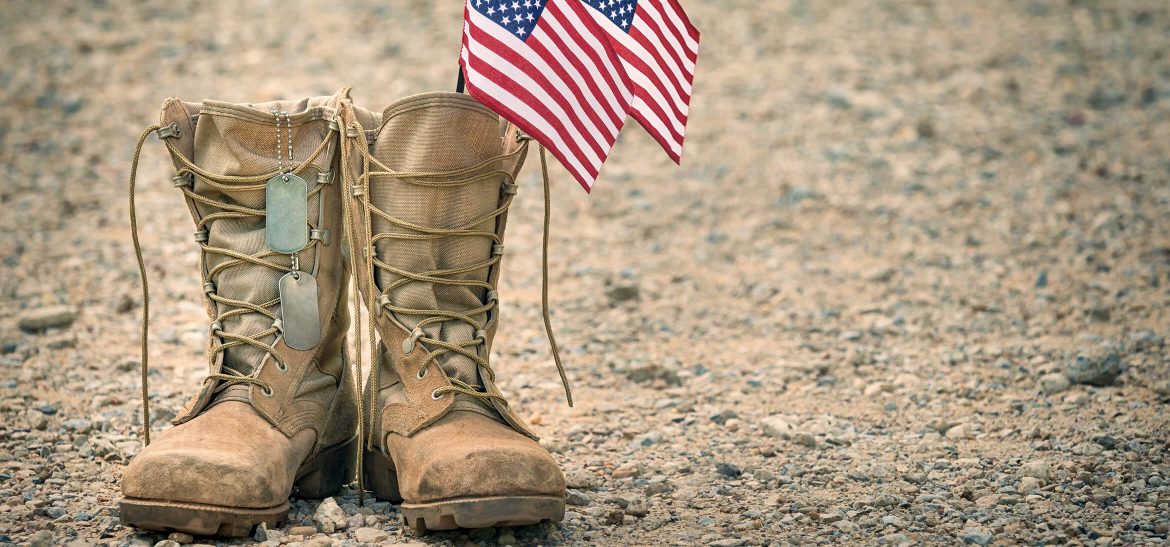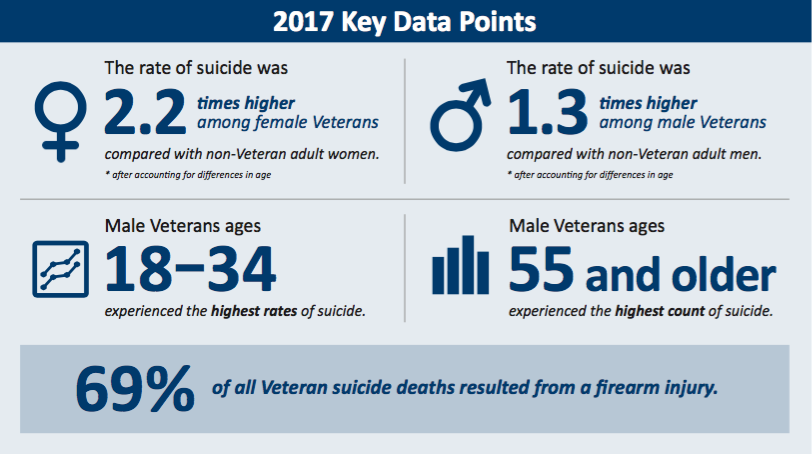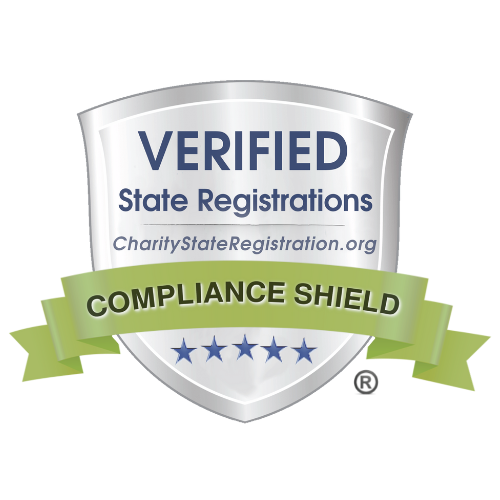IAVA | September 23, 2019
Read: VA Releases The 2019 National Veteran Suicide Prevention Annual Report

The Department of Veterans Affairs released its 2019 National Veteran Suicide Prevention Annual Report on Friday which showed that at least 60,000 veterans have died by suicide between 2008 and 2017.
In 2017, more than 6,100 veterans died by suicide, an increase of 2% over 2016 and a total increase of 6% since 2008. During that same time period, the veteran population decreased 18% from 23 million to 19.8 million. Male veterans between the age of 18-34 continue to have the highest rates of suicide while male veterans over the age of 55 continue to make up the largest number of veteran suicides. A spike has also occurred in the suicide rate among women veterans, nearly doubling since 2007.
These results are incredibly disheartening but not unexpected. In our latest Member Survey, 58% of IAVA members know a Post-9/11 veteran who died by suicide. That’s an almost 20% rise in since 2014. Additionally, 43% of IAVA members report suicidal ideation since joining the military, a 6% rise from 2017.
Change in Calculations
In previous reports, VA officials have provided statistics on veteran suicide which included active-duty military, current guardsmen and reservists, and former guardsmen and reservists who were never federally activated. For this report, VA has changed how they calculate this figure and will now solely focus on veterans who qualify for Veterans Health Administration (VHA) services.
According to VA’s new calculations, 17 veterans took their lives every day in 2017. If using the previous method of calculation the number of veterans who took their lives every day in 2017 would have actually increased to 21, up from 20 during the previous year.
The removal of this category of veterans from the calculation is worrisome because 919 former guardsmen and reservist died by suicide in 2017, an increase from the previous year.
Suicide Prevention Among Vets Outside VHA
The majority of veterans do not use VHA services. In 2017, among veterans who died by suicide, 62% did not have a VHA encounter in the past year. This leaves VHA with quite the dilemma, how do they reach the veterans who are not in their care? In his cover letter of this report, Richard Stone– Executive in Charge of VHA- reached out to mental health providers outside of VA, “We cannot do this alone; we call on our community partners to join us in this effort.” This is why
IAVA fully supports The Commander John Scott Hannon Veterans Mental Health Care Improvement Act of 2019 (S. 785) sponsored by Sens. Jon Tester (D-MT) and Jerry Moran (R-KS). This bill would take big steps to improve mental health care and suicide prevention programs at the VA to include a new VA grant program for community non-profits aimed at finding and treating the majority of veterans who are not under the care of the VA.
It is imperative to reach veterans where they are so that we as a nation can work towards reducing the veteran suicide rate.
This bill is in line with IAVA’s #1 priority, Combating Suicide among Troops and Veterans and has 35 cosponsors! Take action and reach out to your Member of Congress here.
Veteran suicide is a top concern for IAVA members which is why it remains IAVA’s #1 Big 6 issue. If you are in need of assistance, our RRRP team is standing by. And if you are experiencing a crisis, please call the Veterans Crisis Line at 1-800-273-8255 and press 1 or text 838255.






